The landscape of lease accounting in commercial real estate has undergone a seismic shift with the implementation of ASC 842. This new accounting standard has far-reaching implications for businesses of all sizes, from small enterprises to large corporations with multiple locations. In a recent discussion, Jill Coulter, a seasoned member of the Florida Investment Real Estate (FIRE) serving as coordinator of the Property Manager team, shed light on ASC 842 and its impact on businesses holding leases longer than 12 months.
Key Changes Brought by ASC 842
ASC 842 mandates that leases exceeding 12 months must now be recognized as liabilities on balance sheets. This marks a departure from previous practices, where many leases remained off-balance-sheet, aiming to provide greater financial transparency and a clearer depiction of a company’s obligations.
Significance of ASC 842 for Businesses
Financial Statement Implications:
Under ASC 842, leases are now treated akin to debt. This requires companies to record the present value of lease payments as liabilities, alongside corresponding right-of-use assets. Such a change can substantially influence a company’s balance sheet, impacting debt ratios and overall financial standing.
Impact on Financing:
When seeking new loans or renegotiating existing ones, financial institutions will closely examine lease liabilities. With these liabilities now prominently displayed on financial statements, they can influence lenders’ decisions and potentially alter loan terms.
Enhanced Transparency for Stakeholders:
For businesses with investors or stakeholders, the inclusion of lease liabilities on financial statements fosters greater transparency. This allows stakeholders to better gauge a company’s financial stability and obligations, facilitating more informed decisions.
Compliance with Regulatory Standards:
Companies involved in government contracts must adhere to stringent financial reporting regulations. ASC 842 ensures that lease obligations are clearly documented, aligning with government standards and averting potential compliance issues.
Practical Steps for Implementation
Transitioning to ASC 842 involves more than merely listing lease payments. It entails calculating the present value of lease payments, applying appropriate discount rates, and comprehending the specific terms of each lease agreement. Whether a company operates a single location or multiple properties, these calculations are crucial for accurate financial reporting.
Who Should Oversee ASC 842 Compliance?
While company accountants can handle the transition to ASC 842, delegating this task to professionals specializing in lease accounting can offer greater efficiency. FIRE provides bookkeeping services tailored to meet ASC 842 requirements, offering a cost-effective solution for clients requiring precise lease liability calculations.
For businesses holding leases longer than 12 months, understanding ASC 842 and ensuring accurate lease accounting are paramount. Utilizing professional services for ASC 842 compliance can streamline this intricate process, allowing businesses to focus on core operations while maintaining regulatory adherence. For further insights and assistance with ASC 842 compliance, reach out to the experienced team at Florida Investment Real Estate. We stand ready to help navigate these new accounting standards seamlessly.



